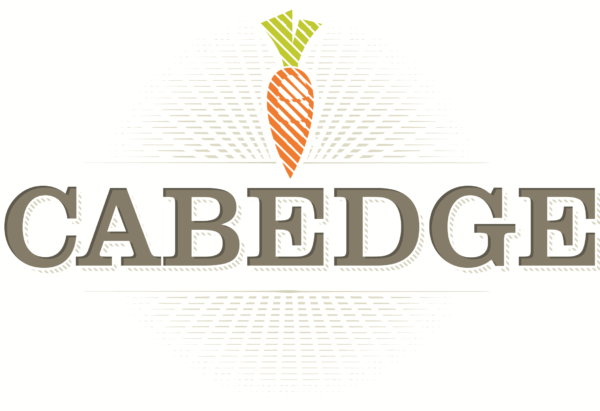The Age of Voice Assistants: How to Get Noticed
You might have gotten used to calling Alexa for your every waking need, but Google is still trying to figure out how to rank these searches properly.
Voice searching is on the rise with gadgets like Alexa and Google Home. Searching is a whole different ball game than it was five years ago, and SEO is changing because of it. Elements like search terms, keywords, and mobile-friendliness change how people are searching with their voice, and therefore, how Google indexes those searches.
One of the biggest changes, is in picking up on human’s natural speech patterns. Typically, when a user searches for something on their desktop or mobile device they are using different syntax than they do in their normal language. For example, say someone is trying to find out if Domino’s is open on Thanksgiving. If they are typing in the search they might try, “Domino’s hours,” but, if they were to speak the search, they are more likely to use full sentences, “Hey Google, is Domino’s open today?”
Because of the need to pick up on varying syntaxes and search words, things are changing for SEO rankings. To appear in a voice search now, it’s important to be featured on the first page, and it helps if you’ve got a featured snippet. Featured snippets look like this:
And they sit at position zero on a search page. This featured snippet would be the first thing a Google Home would read out to its user in an answer along with the website name.
Along with featured snippets, elements like long-tail keywords, mobile-friendly sites, and including a question/answer format in web pages are growing increasingly important with the rise of voice searching.
One thing is for sure — with changing technology comes changing SEO practices.
If you or your organization need help staying up to date with SEO trends, reach out to Cabedge! With years of experience and an understanding of how swiftly SEO practices are changing, Cabedge can help with it all. Contact us today, and we can get started on a plan personalized to your needs.





